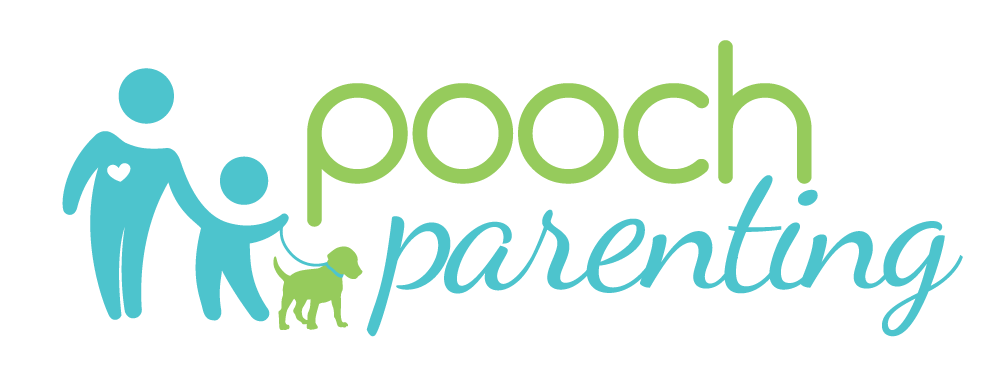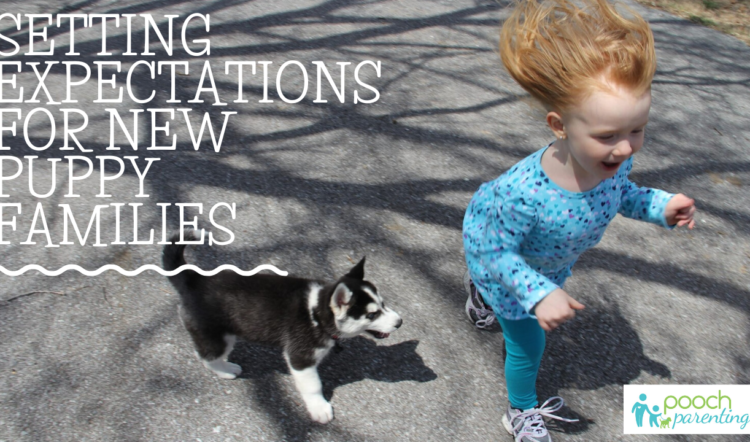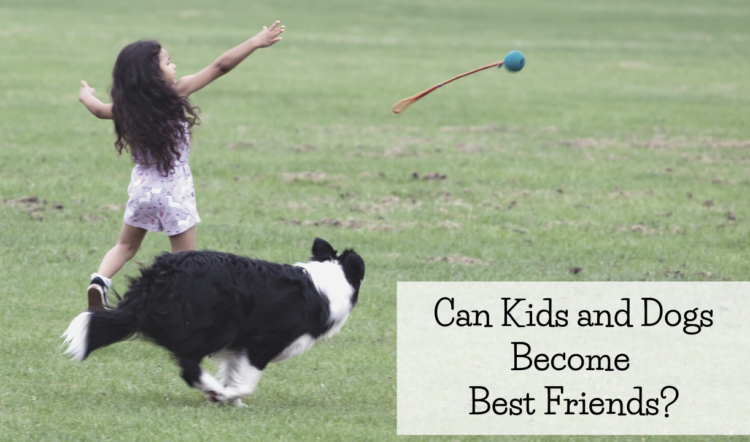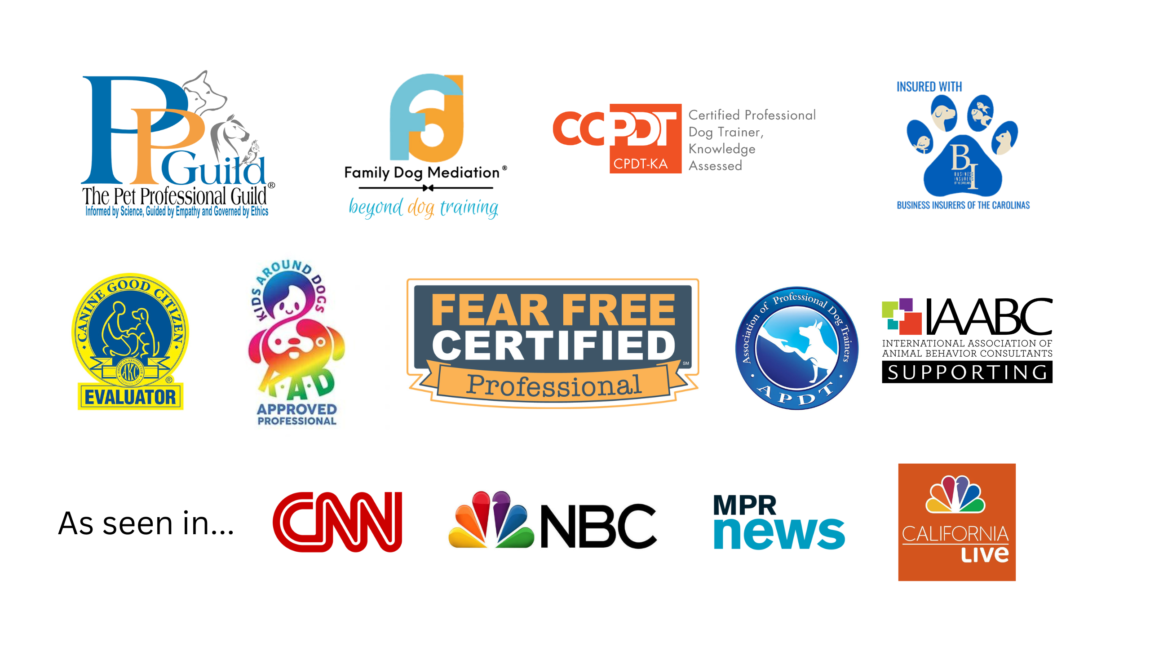Welcome to Parenting Kids and Dogs 101, a limited series podcast for parents who live with kids and dogs, or plan to. I’m your host, Michelle Stern, the founder of Pooch Parenting. I’m not just a certified professional dog trainer and former teacher, I’m a mom too. In each episode of this series, I hope you’ll feel like I’m chatting with you, one parent to another, about life with kids and dogs, answering common questions my clients ask me, and giving you simple solutions to make your life easier and safer.
I hope you’ll subscribe and join me for the whole series, and don’t forget to grab the accompanying workbook at https://poochparenting.net/podcastworkbook/
Listen to Episode 13 of the Parenting Kids and Dogs 101 Podcast
What does dog jealousy look like?
- Every dog is unique and communicates differently.
- Jealousy is how a dog likely feels.
- Dogs can demonstrate jealousy by demonstrating a variety of behaviors, such as pawing, barking, licking, hovering, getting into your space, inserting their bodies between you and another person or dog, destructive behaviors (such as chewing inappropriate items).
What to do to prevent dog jealousy around kids
- Try to identify if your dog’s needs are being met.
- Provide your dog with lots of enrichment, such as opportunities to chew, sniff, dig and exercise.
- If you can, give your dog some focused attention, such as when your kids are at school or asleep.
- Ask your dog for an alternate behavior. For example, if they are jumping on you, ask them to lay on a mat instead. Or if they are pawing you, ask them to spin so that they have something less harmful to do with their feet.
- Use management equipment such as gates or pens to limit where your dog can go if you are doing something sensitive with your child, such as changing a diaper on the floor or doing arts and crafts with the kids.
- Set up predictable routines for your dog so they know what to expect and can worry less
- If your dog displays his jealousy by demonstrating “naughty” behaviors, it’s especially important that you never leave the dog and child alone.
- Even if you are in the same room with your dog and child while you are cooking, folding laundry, checking email or scrolling social media, you aren’t fully paying attention. Being “there” isn’t enough to keep your dog or child safe.
- If your dog is frustrated or acting out, you can’t let your guard down (or even leave “for just a second” to go pee). If you aren’t there, you aren’t able to keep anyone safe.
- If it’s impossible for you to give your dog some focused attention, get help! Can you hire a dog walker or have a neighbor take your dog on outings.
Ongoing support for parents with dogs
It’s only natural for questions about our kids and dogs to arise from time to time, especially as our babies grow up and our dogs mature. And if I’m being honest, it’s not really worth asking for free advice from friends or online because you can’t rely on the accuracy of the feedback you are getting. If you’d like to learn more about The Pooch Parenting Society, where I offer practical life and science-based tips and strategies, ongoing support and a safe place to share, head on over to www.safekidsanddogs.com. From one parent to another, I see you and I promise, you’re not alone.



